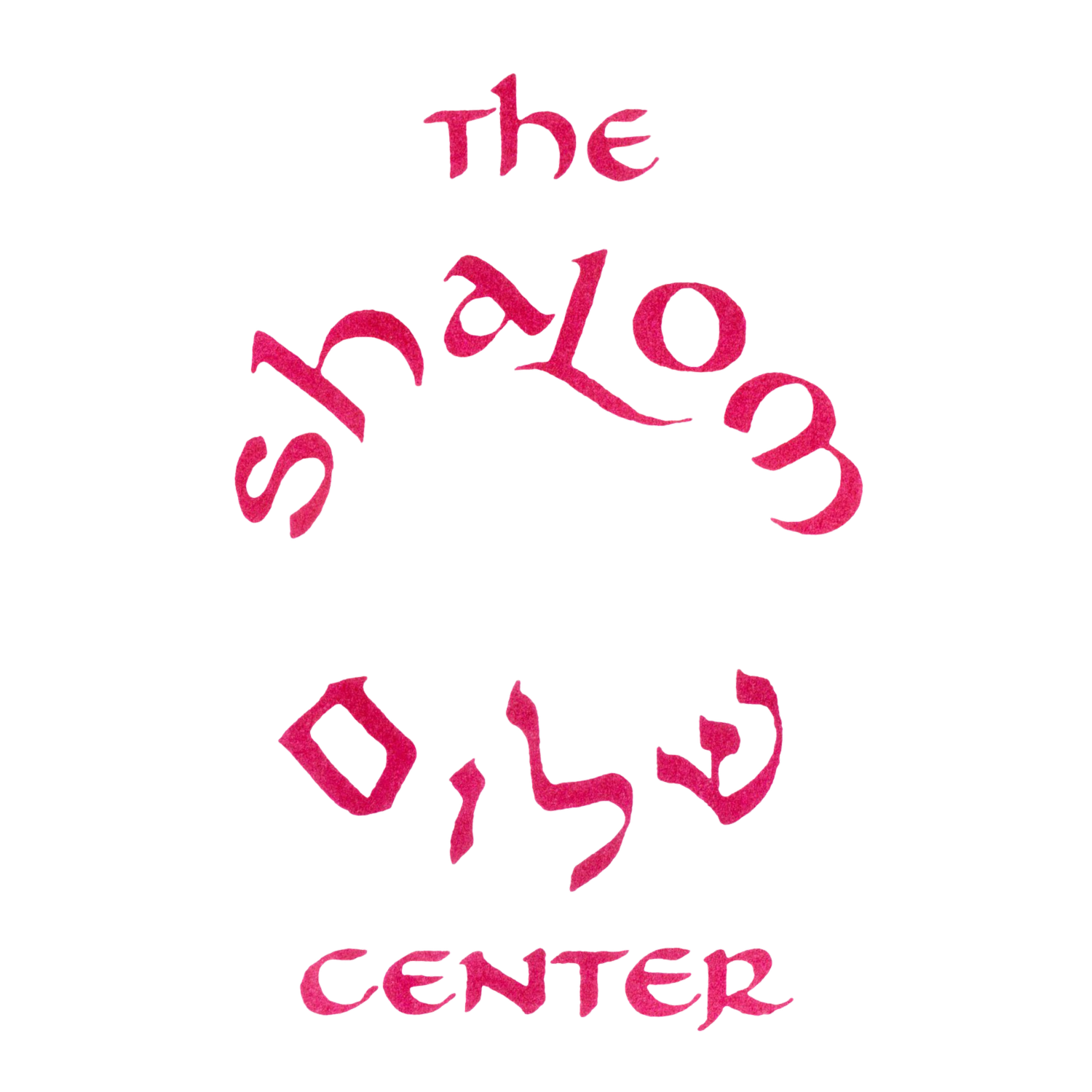Between the Fires
The Shalom Center believes it is important that a wide spectrum of ideas are available to the Jewish and allied communities in the ferment of present debate and discussion on the future of Judaism and the Jewish people. That is likely to include ideas that do not accord with those held by The Shalom Center as a body. "Prophetic Voices" will be the platform for presenting a spectrum of such ideas to the world. The forum will be edited by Rabbi Arthur Waskow with this goal in mind. Calls for specific actions with a date, place, etc., will be published only if the Call fits into The Shalom Center policy about such actions.
We share with you the text below, from the newsletter of the National Council of Elders. The National Council of Elders is an organization of people who were leaders in creating the progressive movements of the the 20th century.
We are the generation that stands
between the fires:
Behind us the flame and smoke
that rose from Auschwitz and Hiroshima;
and from the burning Amazon;
Before us the nightmare of a Flood of Fire,
The flame and smoke that could consume all earth.
It is our task to make from fire not an all-consuming blaze
But the light in which we see each other fully.
All of us different, All of us bearing
One Spark.
We light these candle-fires to see more clearly
That Earth and all who live as part of it
Are not for burning.
We light these fires to see more clearly
The rainbow in our many-colored faces.
Blessed is the One within the many.
Blessed are the many who make One.
by Rabbi Arthur Waskow, The Shalom Center
LEARNING FROM THE BURNING: THE FATE OF THE EARTH
“It is our task to make from fire not an all-consuming blaze
But a light in which we see each other fully”
The above lines from a prayer by Rabbi Arthur Waskow (posted in full above) encapsulate the major learning imperative we peace educators must, at last fully confront. Poignantly called to our attention on these days of reflection on the 75th anniversary of the atomic bombings of Hiroshima and Nagasaki, yet it is always at the very center of our on-going daily work. As we educate for what we refer to as “transformation,” how will we enable ourselves and our students, “to make from fire… a light in which to see each other fully?”
To “see each other fully” is to begin to see in all people the universal humanity that Einstein and Russel called upon us to put above all else, in the “Manifesto” that charged us to abolish nuclear weapons; to accord to each other and to Earth the breath that gives and maintains life, an image and message often invoked by Rabbi Waskow in reflections that have relevance to all of us, of all religious faiths or no religious faith. In so doing he encourages us to do the work of educating to overcome violence and advance justice in this larger frame of the living Earth, the life and spiritual meaning we draw from it.
The prayer-poem invokes the images of the great modern crimes against humanity and Earth as manifest in flames; images which call up world-wide lethal temperature rise, brush fires, floods, and indeed, diseases linked to climate change, one now experienced as the COViD-19 pandemic. These are all images of conditions that inflict human suffering as the consequence of lack of care of and for each other. It is not likely that until we have learned to “see each other fully,” and to see the integral political and ethical relationships that inextricably link war and weaponry to the fate of “The Earth and all who live as part of it,” will we realize the humanity in which Russell and Einstein, and most of us peace educators put our hope and our faith.



